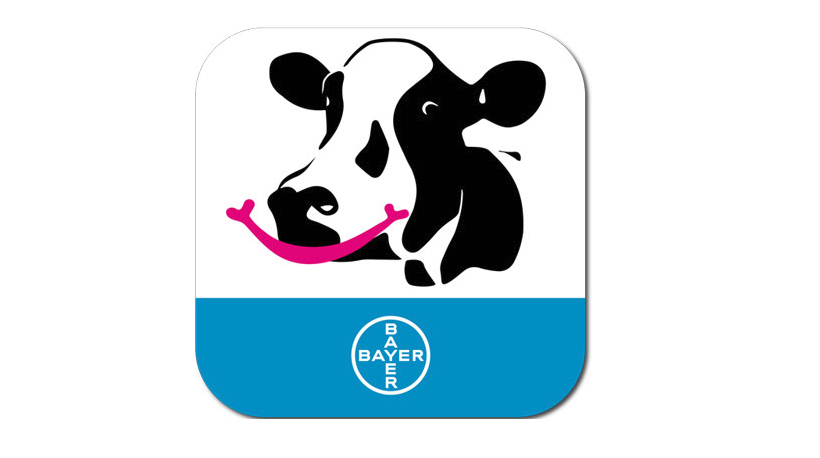
A newly updated free app, BCS Cowdition from Bayer Animal Health, is hoping to solve the issue of analysing body condition score and keeping track of herd health.
The app guides the user through the body condition scoring process, while recording, storing, and now also analysing the stats.
These BCS records can also now be sent to farm records, the vet or nutritionist directly from the app.
This provides a useful tool to help spotlight when BCS is not ideal, as in the following months these animals are high risk for lameness, for example cows which lose more than 0.5 points of BCS in the run up to peak lactation, or are calving at score 2.5 or below.
Recently published research papers* have highlighted the important link between dairy cow body condition score (BCS), and the incidence of lameness.
The research has shown that BCS loss can be a precursor to, and help to predict the probability that, dairy cows will suffer an episode of lameness caused by a claw horn disruptive lesion.
The work shows that cows calving at BCS less than 2.5 are more likely to go lame, and less likely to recover. The same has also been shown for cows losing more than 0.5 points BCS after calving.
Being able to highlight high risk cows in a different way may allow farmers to improve the speed of lameness detection and having reliable and consistent body condition scores is vital to ensure informed decisions on-farm.
A Bayer spokesperson explains: "The app will store multiple, dated records for individual cows, and collate these on a graph of the lactation year to give an accurate representation of if and when cows are dropping out of the recommended parameters, and will allow vets to assess how this can best be improved.
"This BCS information can be used to identify cows most at risk of problems, so a high risk group can be monitored more closely, aiding in early detection of lame cows and then allowing prompt, effective treatment with a trim, hoof block, and ketoprofen (non-steroidal (NSAID)."
